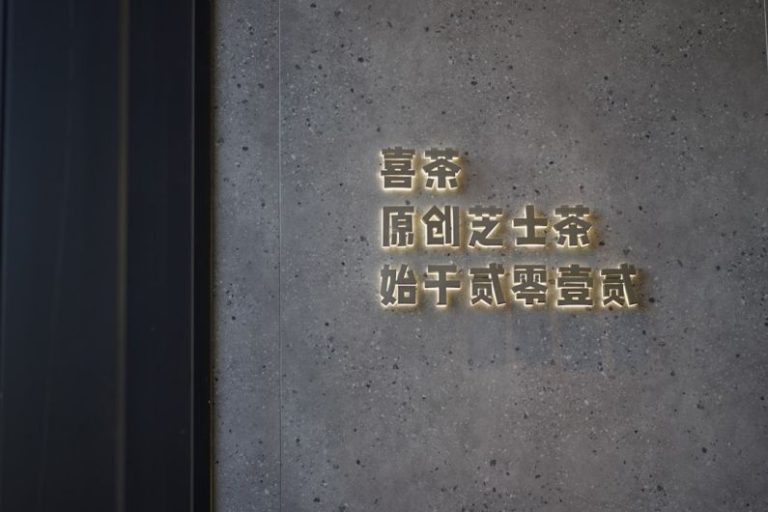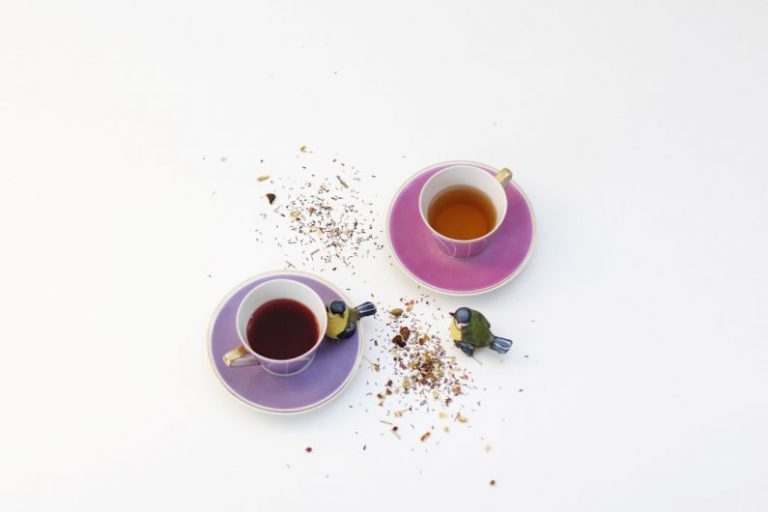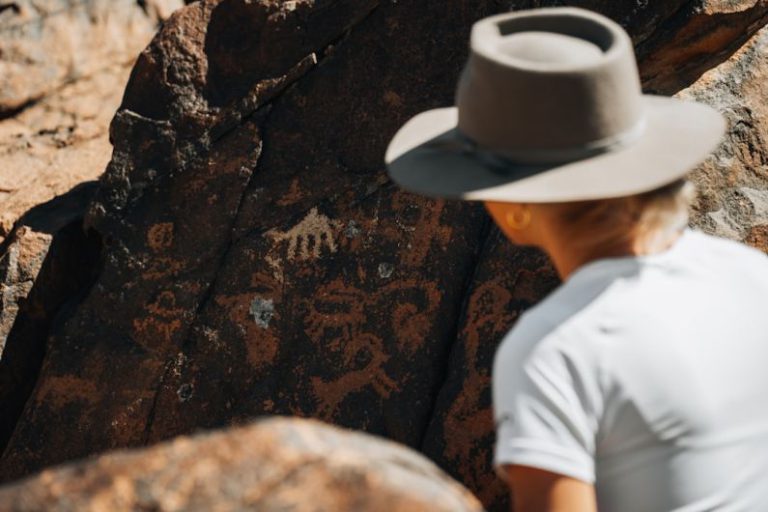From Farm to Cup: the Journey of a Tea Leaf
Tea is one of the most beloved and consumed beverages worldwide, with a rich history and a complex journey from the farm to your cup. The process of transforming a simple tea leaf into the aromatic, flavorful drink that many enjoy daily is a fascinating one, involving multiple steps and careful craftsmanship. Let’s delve into the journey of a tea leaf, from its humble beginnings on a farm to the moment it steeps in your cup, delighting your senses.
The Birth of a Tea Leaf
The journey of a tea leaf begins on the verdant slopes of tea plantations, where rows of tea bushes stretch as far as the eye can see. These plantations are often located in regions with specific climate and soil conditions that are ideal for tea cultivation. Tea plants thrive in areas with moderate temperatures, high humidity, and well-drained soil, making countries like China, India, and Sri Lanka prime locations for tea cultivation.
Harvesting the Tea Leaves
The process of harvesting tea leaves is a delicate one, requiring skilled hands to pluck the leaves at the right moment to ensure optimal flavor. Many tea plantations still rely on manual labor for tea leaf harvesting, where workers carefully pluck the tender, young leaves from the bushes. The timing of the harvest is crucial, as different types of tea require leaves at different stages of maturity for the best flavor profiles.
Withering and Oxidation
After harvesting, the tea leaves undergo several crucial processing steps to develop their distinctive flavors. The first step is withering, where the leaves are spread out to dry slightly, reducing their moisture content. This process helps prepare the leaves for the next stage: oxidation. Oxidation is a key step in tea production, where the leaves are gently bruised to release enzymes that react with oxygen in the air, leading to chemical changes that impact the final flavor of the tea.
Rolling and Drying
Once the leaves have undergone oxidation, they are rolled to shape and further develop their flavors. Rolling helps break down the cell walls of the leaves, releasing more essential oils and flavor compounds. The leaves are then dried to halt the oxidation process and lock in the flavors. Drying can be done through various methods, including sun-drying, pan-firing, or baking, depending on the type of tea being produced.
Packaging and Distribution
After the tea leaves have been processed and dried, they are ready to be packaged and distributed to tea lovers around the world. Tea packaging plays a crucial role in preserving the freshness and flavor of the tea, with many producers opting for airtight containers or vacuum-sealed bags to protect the leaves from moisture and light. Once packaged, the tea is shipped to retailers or directly to consumers, ready to be brewed and enjoyed.
Savoring the Flavor
The final step in the journey of a tea leaf is the moment it meets hot water in your cup, releasing its aroma and flavor in a magical infusion. Whether you prefer a delicate green tea, a robust black tea, or a fragrant herbal blend, each cup of tea tells the story of its journey from the farm to your cup. Take a moment to savor the complex flavors and aromas, appreciating the craftsmanship and dedication that went into creating that perfect brew.
In Conclusion: A Toast to Tea
The journey of a tea leaf is a testament to the artistry and skill of tea producers around the world, who work tirelessly to bring the flavors of the earth to your cup. From the lush tea fields to the careful processing and packaging, each step in the journey plays a vital role in creating the perfect cup of tea. So, the next time you sip your favorite brew, remember the journey that tea leaf took to reach you, and raise a toast to the farmers, harvesters, and artisans who made it all possible. Cheers to the simple yet extraordinary journey of a tea leaf, from farm to cup.






